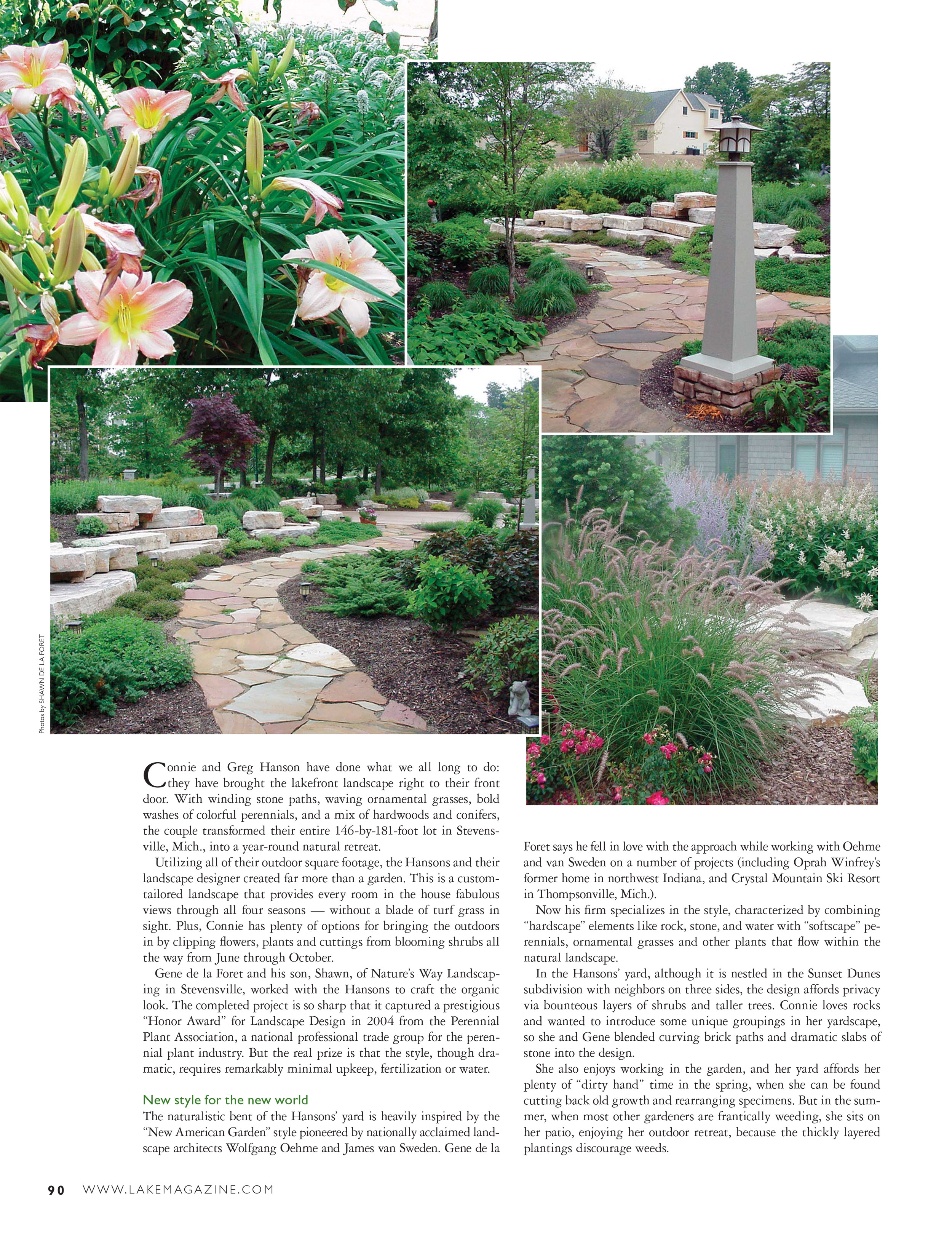The following landscaping glossary deals with some general landscaping terms:
Accent
Accent involves the use of a plant or an object in order to draw more attention to that place
Acidic Soil
Soil having a PH level of less than 7.0 on a PH scale
Alkaline Soil
Soil having a PH level of less than 7 on the PH scale is referred to as Alkaline soil
Annual
Flowering plants that last only one season
Bleeding
In landscaping terms, bleeding is a term used to define the oozing of sap through a cut
Branch Collar
A thick ring formed at the bottom of a branch
Bubble Diagram
Involves making use of round structures to represent different materials in a landscape
Biennial
Plants that grow for one year without flowering, produce flowers/fruits in the second year and die
Canker
A fungal disease that can affect shoots
Cross-pollination
When a pollen from the flower of one plant, fertilizes the flower of another plant the process is referred as cross pollination
Deciduous Trees
Trees that shed foliage/leaves at the end of growing season
Defoliation
Loss of leaves from plants or trees is commonly referred as defoliation
Drip Irrigation
An irrigation system that allows passage of water through emitters placed right underneath the plant's root under slow pressure
Dormancy
The temporary cession of growth during winter seasons
Evergreen
Persistent plants that remain green throughout the year
Frost Line
The earth below the soil limit that will freeze during winter season (Michigan's can be up to 42")
Ground Cover
Plants that grow horizontal to the ground
Hardscape
Refers to sidewalks, patios or walkways covering the soil surface
Herbaceous
Plants that have soft rather than woody tissue
Hybrid
A plant that results due to cross pollination of plants that differ in their genetics
Island Bed
Flowering beds on which one can walk around without causing damage
Impervious
The term given to soil which has become impenetrable because of foot traffic, construction etc.
Integrated Pest Management
The process of predicting pest infestations in order to take early measures to prevent outbreaks
Landscaping Fabric
A synthetic material that allows water to pass, but blocks sun light, soil and weeds from passing through
Limestone
A compound that contains calcium. Generally used to increase the PH level of the soil
Mulch
A layer of either in-organic or organic material which is placed around plants to enhance moisture retention of the soil and control weeds
Multi-stemmed Plants
Those that have several main stems arising from the ground level
Node
A point on the stem from which leaves, shoots or flowers arise
Pathogens
Micro-organisms that can cause diseases to both humans and plants
Percolation test
A test conducted by landscapers or gardeners to find the rate at which the water gets absorbed by the soil
Pruning
The process of controlling growth of a plant or tree to give it an aesthetic shape, to maintain its health and to increase growing space
Root pruning
Involves cutting off certain parts of the root system in order to restrict plant growth
Staking
The process of supporting a tree using ropes or wooden stacks to hold it in place
Transpiration
The process by which water absorbed by the roots is given off into the atmosphere through water vapor
Terracing
The process of building walls to hold the soil in place on a sloped site
Variegated leaves
Leaves that have different patterns and colors

















